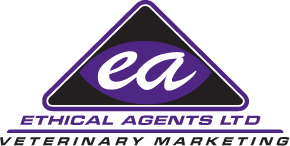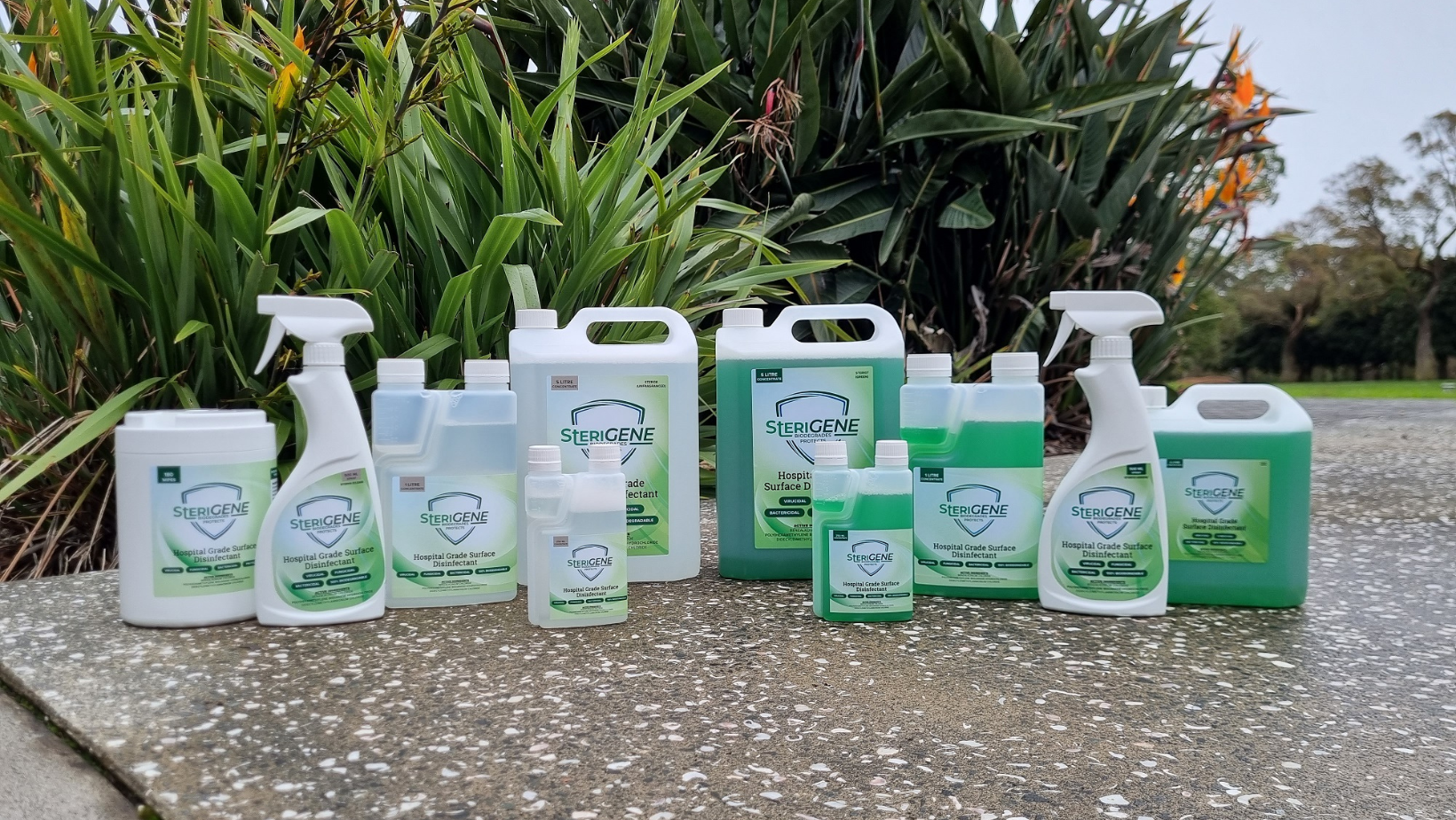What is a good disinfectant?
With so many different cleaning, sanitising, and disinfection products on the market these days, we thought we’d clarify what a disinfectant actually is. What the differences are between cleaners, sanitisers, and disinfectants, they’re not the same and shouldn’t be used interchangeably. We also explore how a disinfectant is best used, and what a good disinfectant is, because they’re not all created equal.
What is a disinfectant?
A disinfectant is a substance used primarily on non-living objects to kill viruses, bacteria, and other microorganisms that can cause infection and disease.
Using a quality disinfectant helps to prevent you from becoming unwell by killing pathogens, and lowering the risk of spreading disease.
What is the difference between cleaners, sanitisers, and disinfectants?
Cleaners remove loose dirt and matter from surfaces. This could be water, soap, or cleaning detergents. Cleaners are generally used to prepare a surface for disinfection.
Sanitisers reduce the number of bacteria on surfaces using chemicals. Usually, sanitisers are alcohol-based.
Disinfectants kill viruses and bacteria, and some disinfectants kill fungi on surfaces, preventing them from spreading. Depending on the quality of the disinfectant you’re using, surfaces may need to be cleaned before disinfecting.
How to use disinfectant?
Always use products according to the label directions to ensure you’re getting the full effect of the product.
Ready-to-use disinfectants in a spray bottle can be used to kill bacteria, viruses, and fungi on surfaces throughout your home, office, and practice including solid furniture (desks, table tops, tall boys, TV cabinets, etc), kitchen benches, surgical tables, and other high-traffic areas such as doors, and door handles.
A high-quality spray disinfectant can also be used for nastier jobs where there may be a higher concentration of, or nastier pathogens lurking. This could include disinfecting rubbish bins, and nappy bins, and cleaning toilets and shower drains.
Disinfectants can also be added to your laundry load. Think scrubs, surgical gowns, sheets, towels, tea towels, and anything else you think needs good disinfection. You may need a higher concentration for the disinfection to be effective, due to the volume of water in your washing machine.
What is a good disinfectant?
A good disinfectant keeps you safer, by keeping pesky pathogens away. A good disinfectant is bactericidal, virucidal and fungicidal. A good disinfectant is easy to use. A good disinfectant has multiple uses. A good disinfectant is tough on germs, gentle on materials, and good to the environment.
So, what disinfectant would we recommend, that meets all these criteria? SteriGENE.
SteriGENE is a high-level hospital-grade disinfectant. It kills bacteria, viruses, spores, fungi, and mycobacteria, so it keeps you safer. Available in a ready-to-use trigger spray bottle, it is easy to use. Spray your surfaces, and wipe them down with a clean cloth.
After you’ve done your part, SteriGENE continues working to keep pesky pathogens away. Although we do recommend using SteriGENE again if a surface is soiled. But, that’s the other good thing about SteriGENE: No pre-cleaning is required. SteriGENE doesn’t deactivate when it comes in contact with dirt on a surface, so it cleans and disinfects – Easy!
SteriGENE is also available as a Laundry Disinfectant. A little bit goes a long way, which also makes it economical for you. 25ml in a 4kg load will provide general disinfection.
SteriGENE: A Clean Green Disinfectant
Testing of SteriGENE shows it attained 116% degradation after 28 days.
How can there be more than 100% biodegradation?
It is due to an increase in the number of viable micro-organisms in the “test material vessel” as a result of its readily biodegradable nature. The micro-organisms utilize the test material as a carbon source for cellular growth, this results in a greater number of viable micro-organisms.
The increased number of micro-organisms caused an increase in respiration rates and therefore, background CO2 growth was greater. This increase in background CO2 resulted in biodegradation rates in excess of 100%.
How does this compare to fruit and vegetable biodegradation?
Biodegradability testing on SteriGENE products proves that it completely degrades in the environment after 28 days. This puts it in the company of fruits and vegetables, ie it is proven to be a clean green disinfectant. SteriGENE is not only tough on germs while being kind to surfaces but also completely biodegradable, hence friendly to the environment.
Reference: Technical Bulletin No. 270 TriGENE Advance- Biodegradability Test, SafePharm Laboratories Ltd, Shardlow Business Park, London Road, Shardlow, Derby DE72 2GD United Kingdom.


Leave a Reply